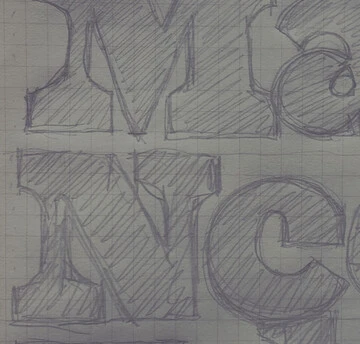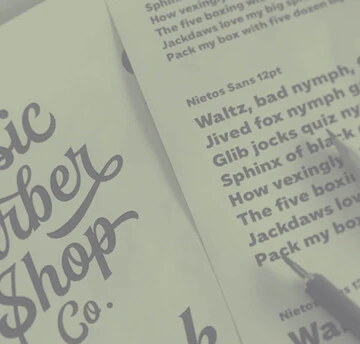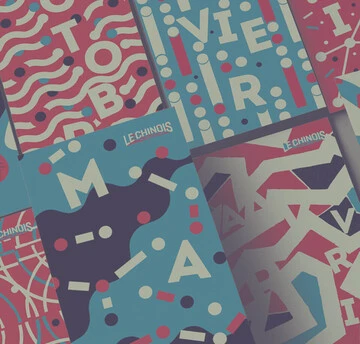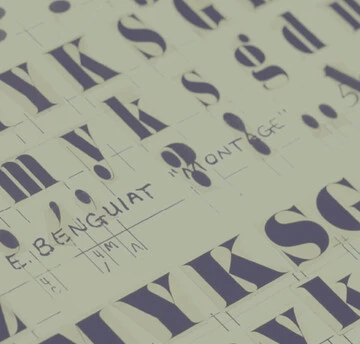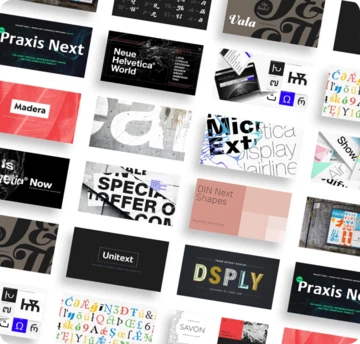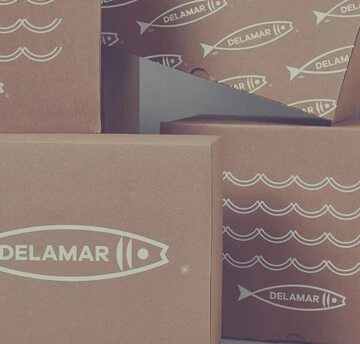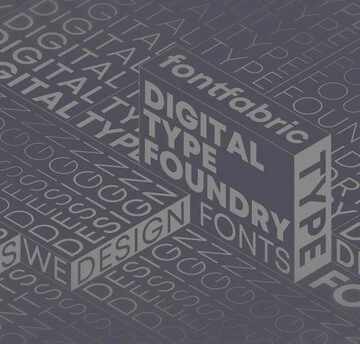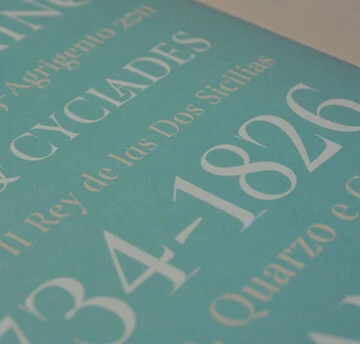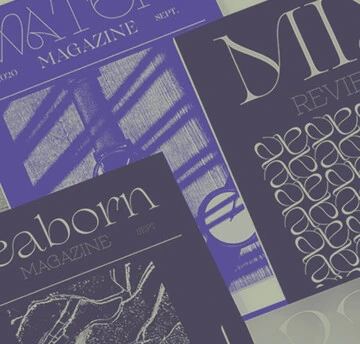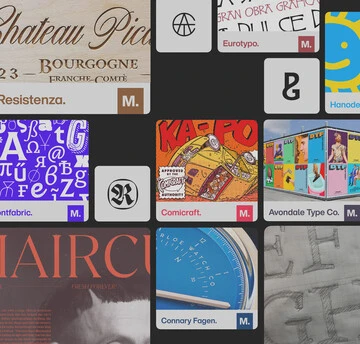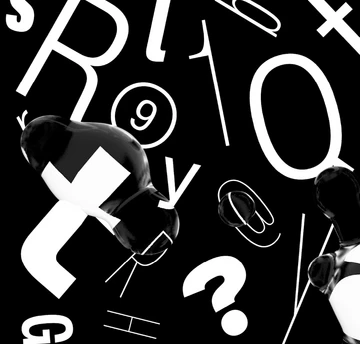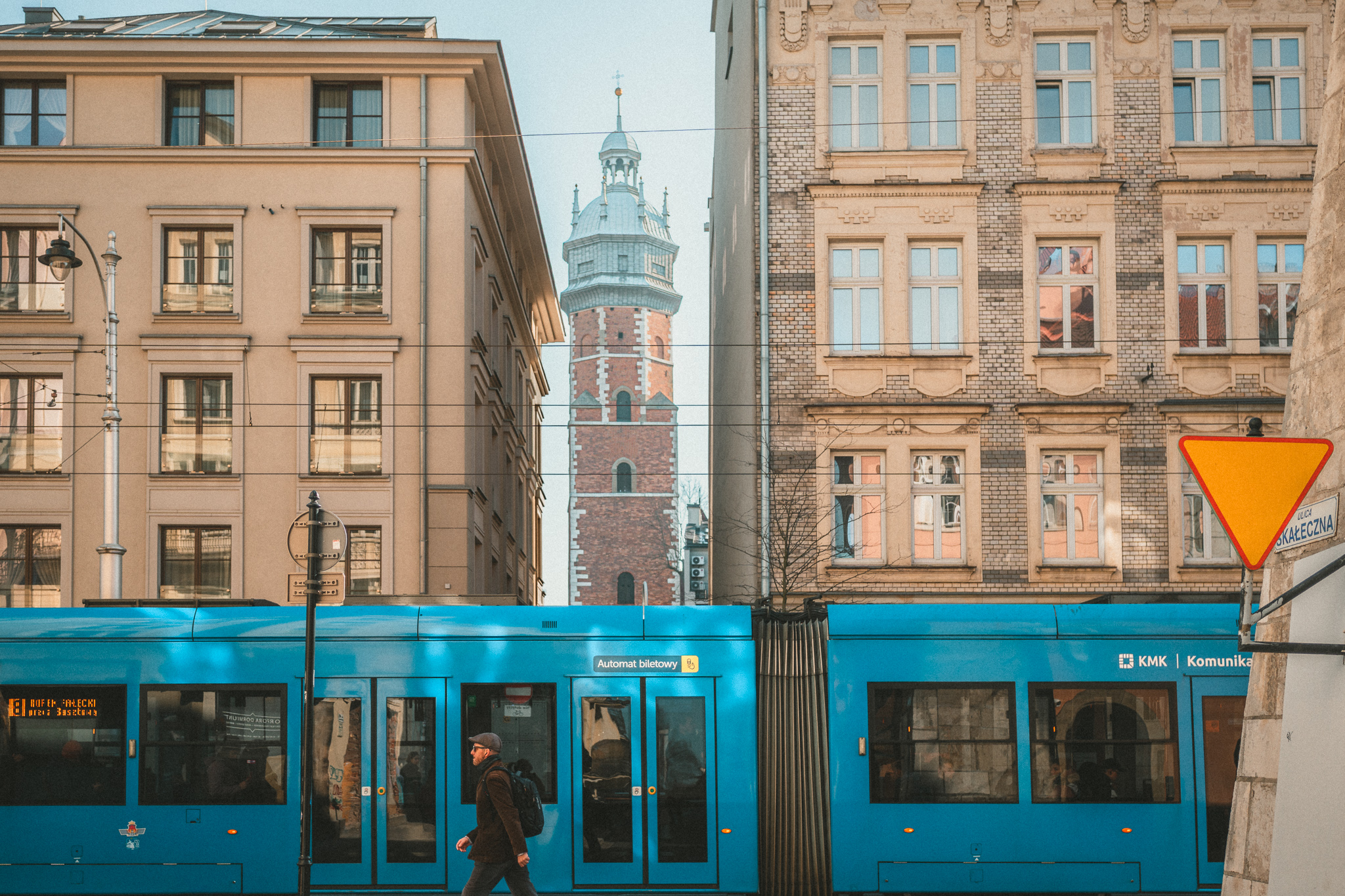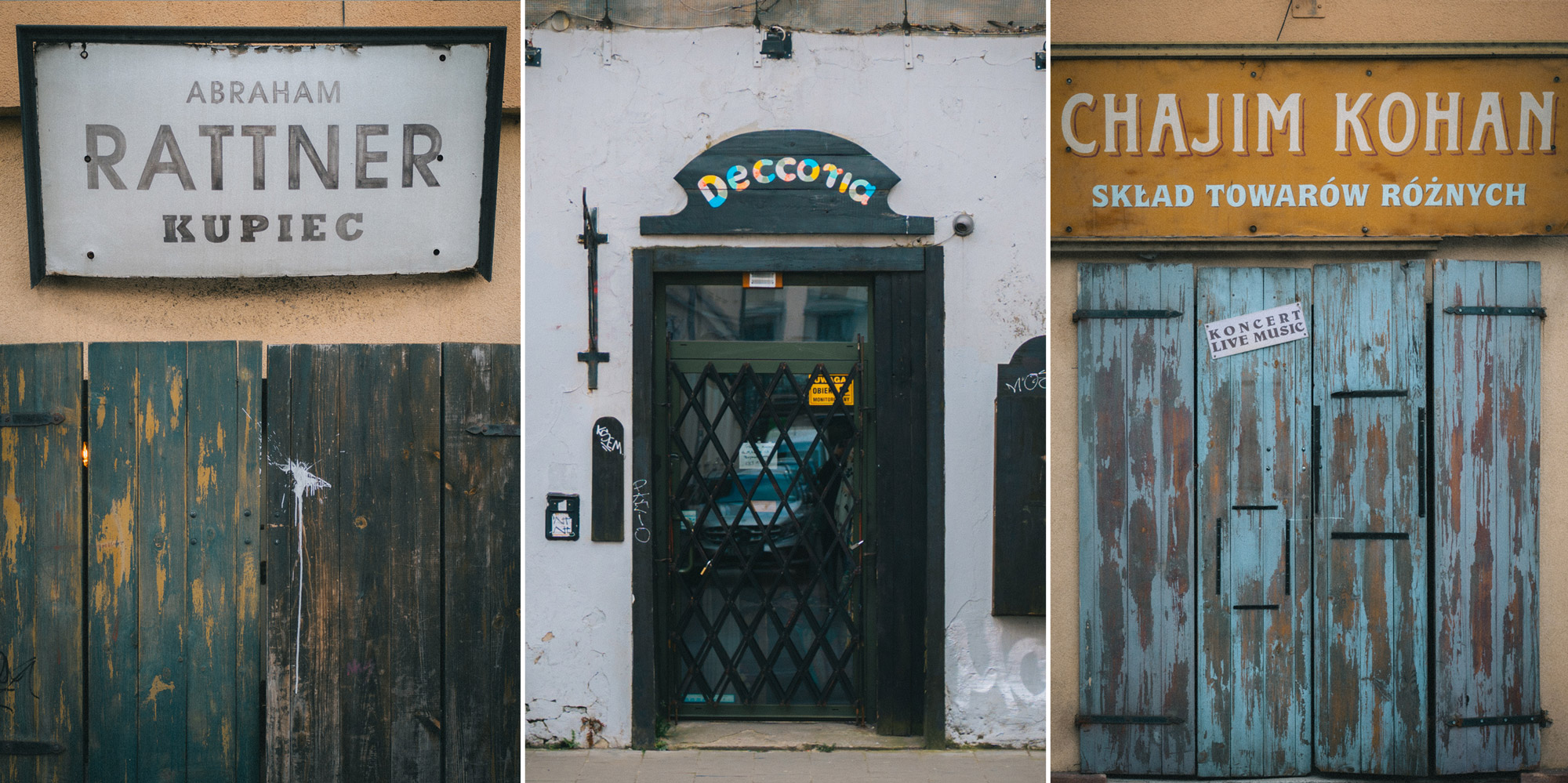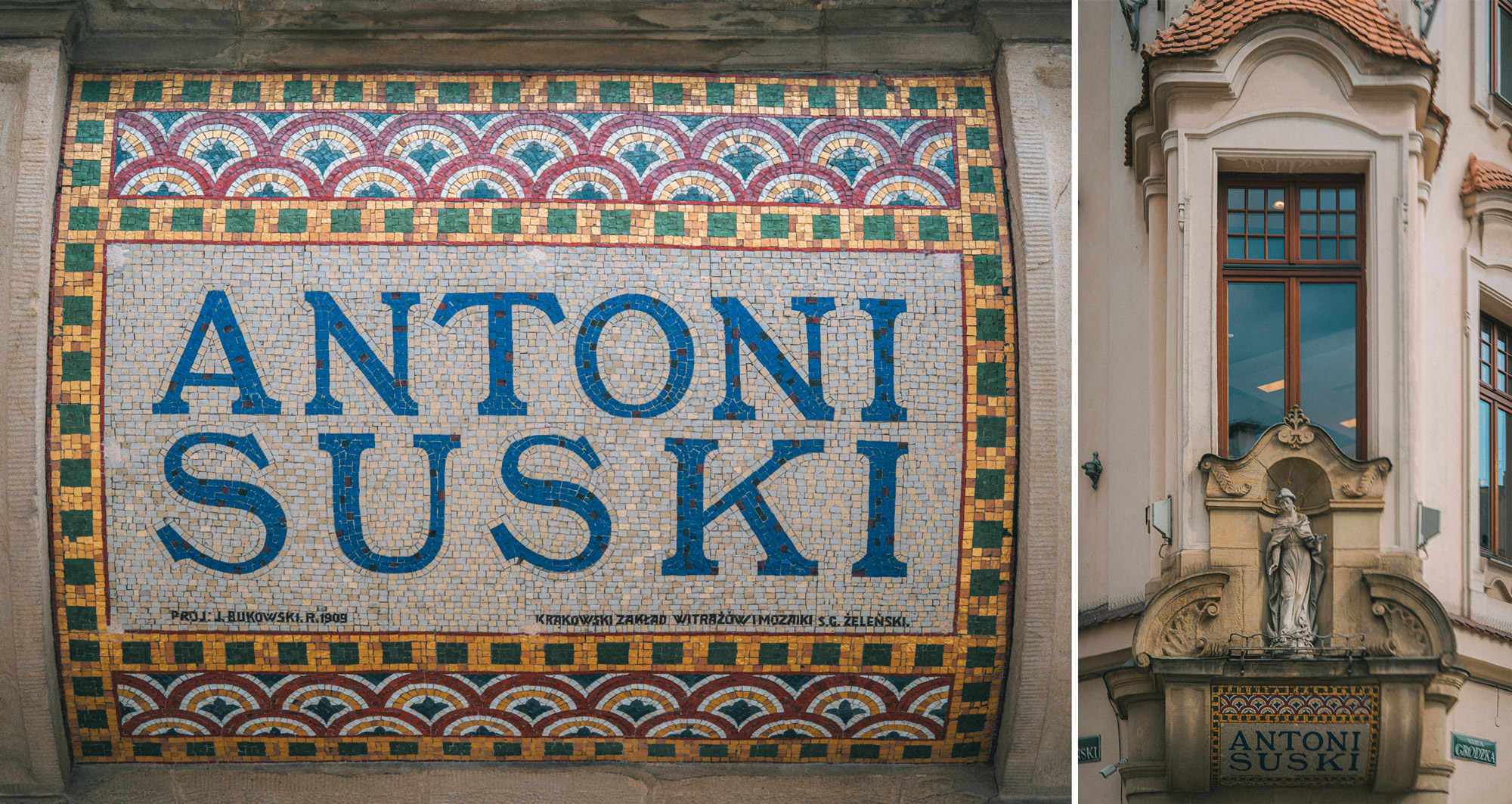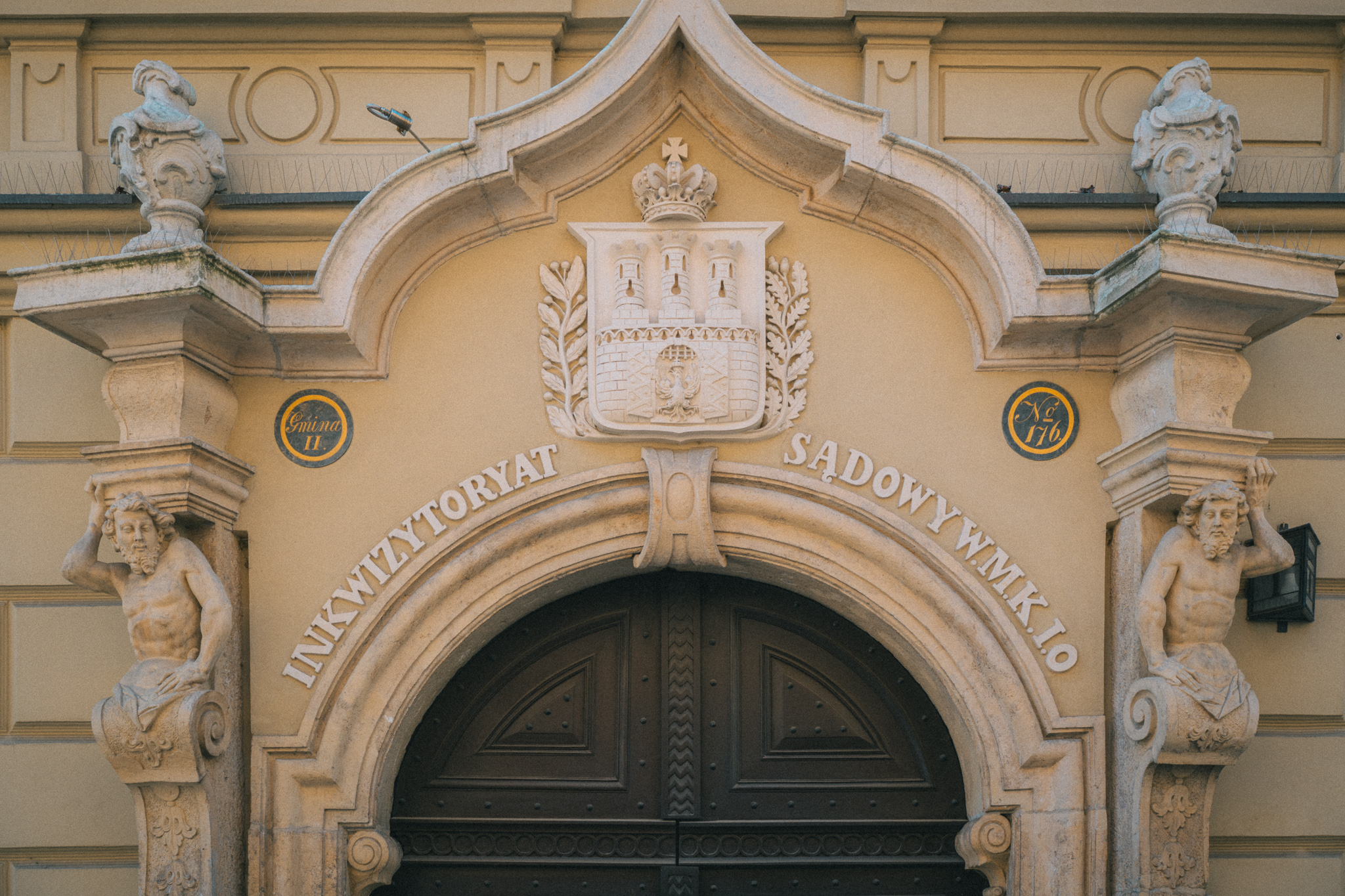Type Around the World – Get to Know Kraków, Poland
Spotlights
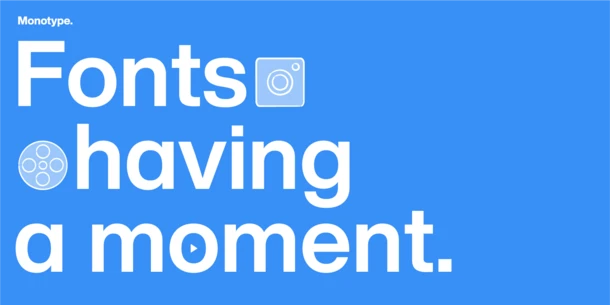
Spotlights
Type Around the World – Get to Know Kraków, Poland
In this recurring feature in our “Fonts Having a Moment” series, we’ll be exploring cities around the world through the dual lenses of culture and typography, guided by our friends at Monotype and some of our partner foundries. Join us on this exciting virtual journey!
This time, get to know Kraków, Poland with Roch Modrzejewski of ROHH Type Foundry.
A portrait of Roch Modrzejewski.
1. Tell us a bit about yourself and your foundry.
I’m Roch Modrzejewski, a type designer and multidisciplinary artist based in the beautiful city of Kraków.
I completed my artistic education in Poland, Germany, and Switzerland. From a young age, I’ve been involved in a variety of artistic disciplines, including music, photography, painting, and graphic design. I started out as a graphic and web designer, but typography quickly took over. It was a natural shift from arranging type to designing it. Over ten years ago, I founded ROHH Type Foundry.
I’ve created more than 45 expansive type families. My main focus is on crafting advanced font systems rich in OpenType features, while also exploring the potential of the variable font format. I love fonts with a strong personality — and a touch of the unexpected.
2. Tell us about your city. What do you love about it? What’s distinctive about it?
What I love about Kraków is that it’s a city where every layer of history is still visible — sometimes beautifully preserved, sometimes fraying at the edges, but always present. It’s walkable, dense, and full of surprising contrasts.
Let’s start with the Old Town, especially the Main Square — Rynek Główny.
The Main Square (Rynek Główny in Polish).
It’s one of the largest medieval squares in Europe, surrounded by Gothic, Renaissance, and Baroque architecture. St. Mary’s Basilica towers over one corner; the Cloth Hall cuts through the center. It’s lively, sometimes chaotic, and always filled with people — locals, tourists, flower sellers, buskers — and pigeons.
The Cloth Hall, built in the 13th century, is Kraków’s oldest commercial area.
And even here, in the city’s most polished setting, you can find odd typographic traces: old lettering above doors, vintage shop signs, and subtle design details tucked between souvenir stands and bookshops.
Inventive café lettering in the city center.
One of the most enchanting things about Kraków’s Old Town is the architecture of its old tenement houses — especially the courtyards hidden behind heavy wooden doors.
Some are crumbling, others lovingly restored, but nearly all of them feel like secret worlds. Inside, you’ll find decorative railings, faded signage, and old mailboxes. These spaces are quiet, layered with history, and full of the kind of visual texture that design lovers notice immediately.
A hidden tenement courtyard.
A short walk away is Kazimierz, the former Jewish quarter, today Kraków’s creative and cultural engine. It’s where you’ll find design studios, galleries, bookstores, and bars that still carry hand-painted signage from decades ago. It’s gritty, charming, and constantly evolving.
Layers of history can be found in architecture and signage in Kazimierz.
And finally, Nowa Huta. Originally designed as a socialist utopia, it’s a massive district of wide boulevards, concrete housing blocks, and monumental typography carved into stone and steel.
Imposing architecture in Nowa Huta.
It’s raw, graphic, and entirely different from the postcard Kraków most people expect. But that’s part of the city’s personality: it doesn’t fit neatly into one category.
Kraków is layered. It remembers everything.
3. Where would you take someone visiting your city for the first time to explore its creative heart?
I’d start in Kazimierz. No schedule — just walking. It’s full of visual culture, from indie poster shops to galleries tucked behind courtyards. The walls are layered with old signage, graffiti, and pasted-up flyers that create this living collage of design.
A street scene in Kazimierz.
From there, I’d head across the river to Podgórze, where you’ll find more emerging creative spaces, cafes, and small art studios. It’s quieter, but there’s a strong independent spirit.
Kraków doesn’t really have a central design district — its creative heart is more like a network of local scenes that you discover by walking and paying attention.
Shops in the Main Square.
4. What’s a typeface that you think represents the spirit of your city and why?
The most versatile typeface that truly runs through the fabric of twentieth century Polish design is Paneuropa. Originally released in 1931, it was everywhere: books, signs, posters, government forms. It’s clean, modernist, and incredibly adaptable. You still feel its presence in the city’s visual DNA, even if it’s not always named.
But Kraków isn’t a one-font city. It’s too contradictory for that — equal parts medieval, socialist, academic, and underground.
A taste of the typographic variety you can find in Kraków.
It’s in the hand-painted signage, the worn sans-serif shopfronts, the letters etched into stone or printed on fading enamel plates. It’s humble, often geometric, and rarely perfect — but that’s what gives it charm. There’s an honesty in how typography lives on the streets here, shaped more by utility than fashion.
Typography is inseparable from architecture in Kraków.
